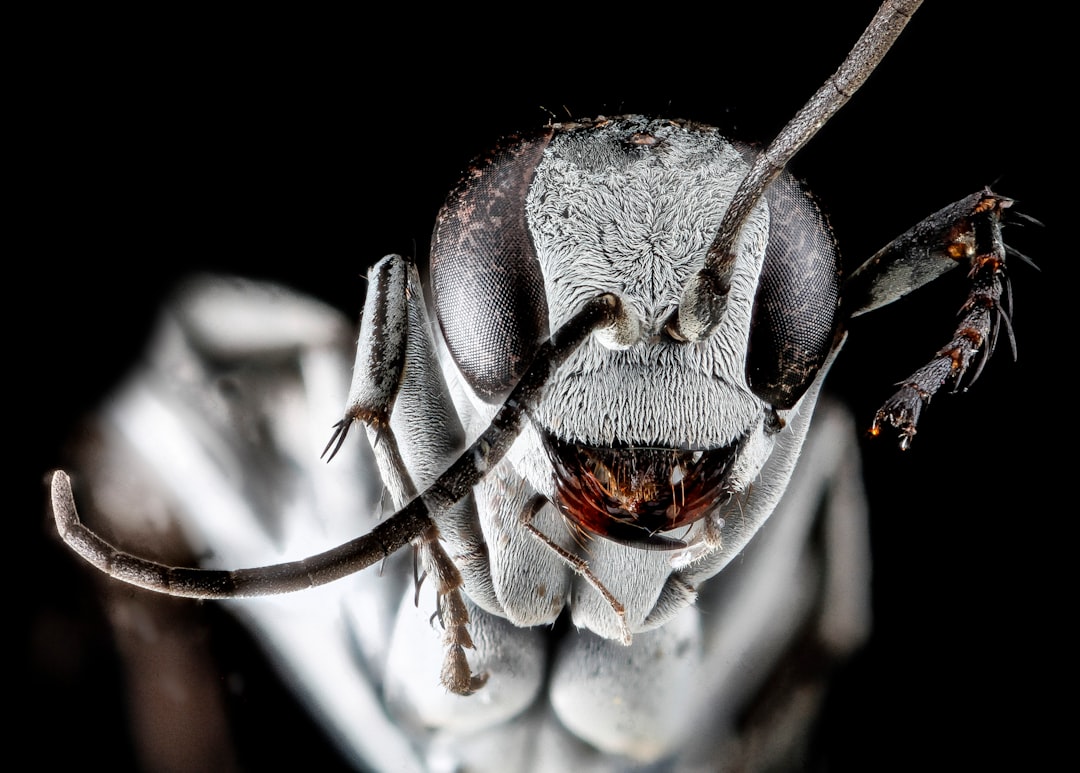What is it about?
The timing of reproductive events during the lifespan are crucial life-history traits with profound effects on the lifetime reproductive output of an individual. This paper investigates the evolution of the timing of the age at first reproduction in 34 avian species. It explores the relationship between the age at first reproduction and the lifetime reproductive success and assesses differences in the benefits and costs associated with variable timing in the onset of reproduction among species. Our findings suggest that delayed onset of reproduction relative to the age of physiological maturity is an optimal reproductive strategy explained by a long lifespan and the cost of early reproduction.
Featured Image
Why is it important?
This is the first comparative analysis using within-species information to examine interspecific variation in the relationship between the age at first reproduction and lifetime reproductive success. Our study bridges a critical gap between theory and empiricism and contributes to a better understanding of life-history evolution. Moreover, it provides the first empirical confirmations of key predictions of life-history theory across species. The finding that, in long-lived species, postponing the onset of independent reproduction is an optimal strategy has important implications for long-held perspectives on the evolution of sociality.
Read the Original
This page is a summary of: Life span and reproductive cost explain interspecific variation in the optimal onset of reproduction, Evolution, February 2016, Wiley,
DOI: 10.1111/evo.12853.
You can read the full text:
Contributors
The following have contributed to this page










